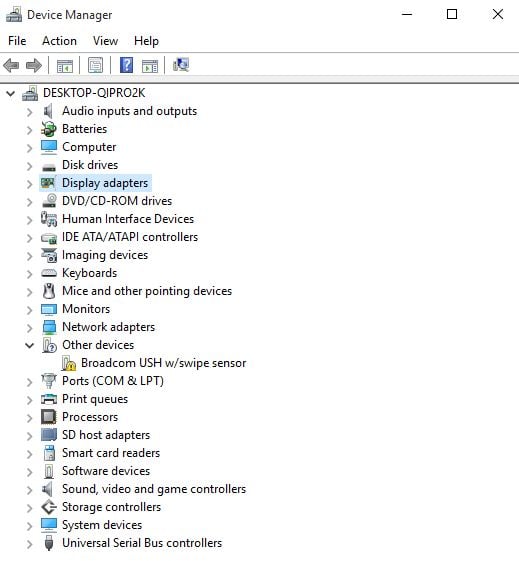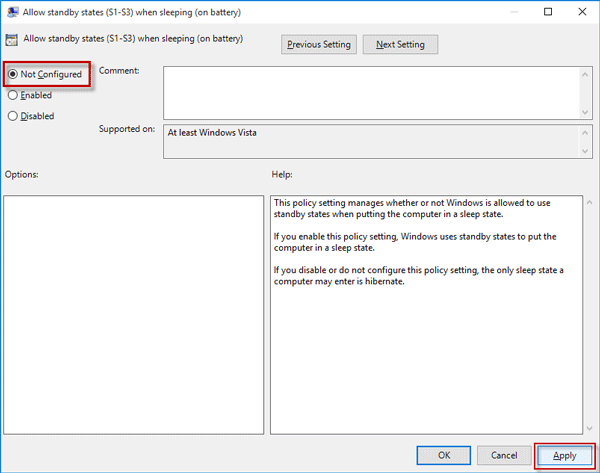

When the box appears, type tpm.msc to open the Trusted Platform Module Management window.You can check the status of TPM support in your PC buy doing the following: Once done, you can run Microsoft's health checker app to confirm the status. This should allow Windows 11 to install.

In case you have an Intel CPU then you need to switch to TPM and for AMD you need to check PSP fTPM in the BIOS.

In case Microsoft's Windows 11 upgrade checker tells you that your PC isn't supported but it meets all the other requirements then you need to check your BIOS to enable TPM.Īlmost every modern CPU comes with TPM support.

To install Windows 11, or to ensure that it runs correctly, you'll need to make sure that your PC matches the following Windows 11 minimum system requirements: Click on ‘Windows Update’ then ‘Run the troubleshooter’ and follow the instructions, and click ‘Apply this fix’ if the troubleshooter finds a solution. Click ‘Update & Security’ then ‘Troubleshoot’. To do this, click the Start menu, then click the cog icon on the left, which will open up the Settings window. This can also reset the Windows Update app, which can help kickstart the installation. Windows 10 has a built-in troubleshooter that can help identify any problems. If you're encountering problems installing Windows 11 via Windows 10's update tool, don't panic. How to fix Windows 11 installation problems


 0 kommentar(er)
0 kommentar(er)
